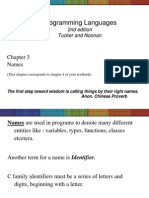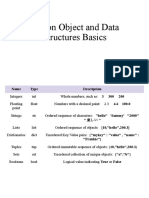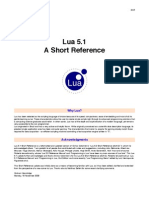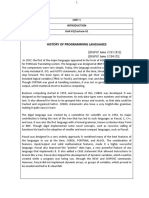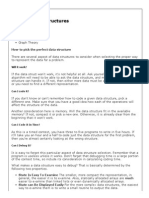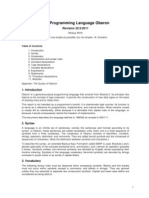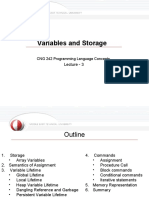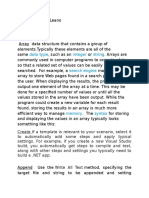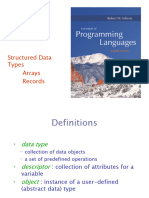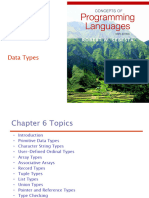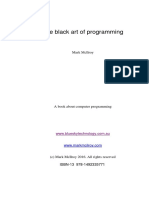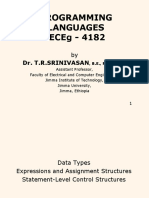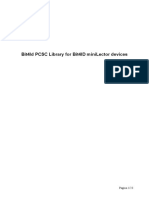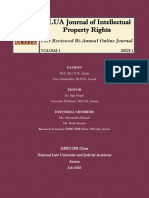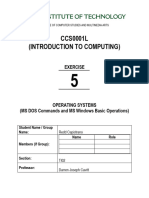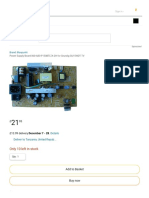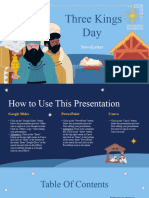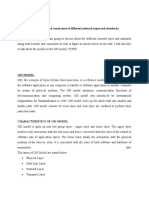0% found this document useful (0 votes)
46 views5 pages05 Associative Arrays
The document discusses data types, specifically focusing on multidimensional arrays and associative arrays, including their structure and operations in programming languages like Perl and Lua. Associative arrays, which are unordered collections indexed by keys, are compared to traditional arrays, highlighting their efficiency in searches and data pairing. Additionally, the document touches on the implementation of associative arrays in Perl and PHP, and introduces record types as a way to model collections of heterogeneous data.
Uploaded by
prow8273Copyright
© © All Rights Reserved
We take content rights seriously. If you suspect this is your content, claim it here.
Available Formats
Download as PDF, TXT or read online on Scribd
0% found this document useful (0 votes)
46 views5 pages05 Associative Arrays
The document discusses data types, specifically focusing on multidimensional arrays and associative arrays, including their structure and operations in programming languages like Perl and Lua. Associative arrays, which are unordered collections indexed by keys, are compared to traditional arrays, highlighting their efficiency in searches and data pairing. Additionally, the document touches on the implementation of associative arrays in Perl and PHP, and introduces record types as a way to model collections of heterogeneous data.
Uploaded by
prow8273Copyright
© © All Rights Reserved
We take content rights seriously. If you suspect this is your content, claim it here.
Available Formats
Download as PDF, TXT or read online on Scribd
/ 5












